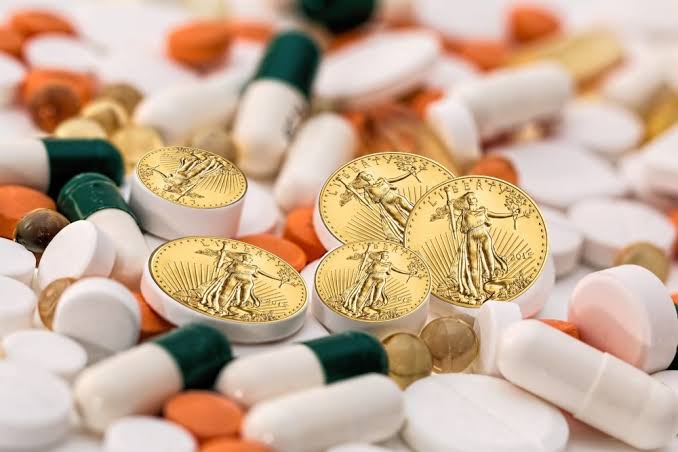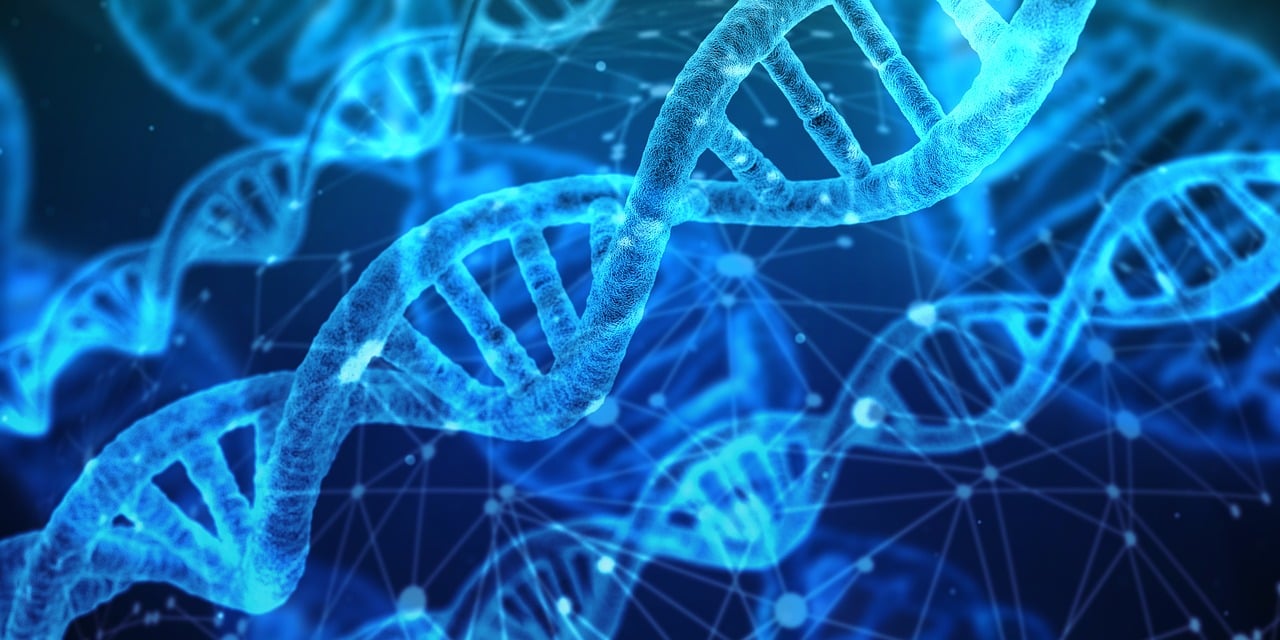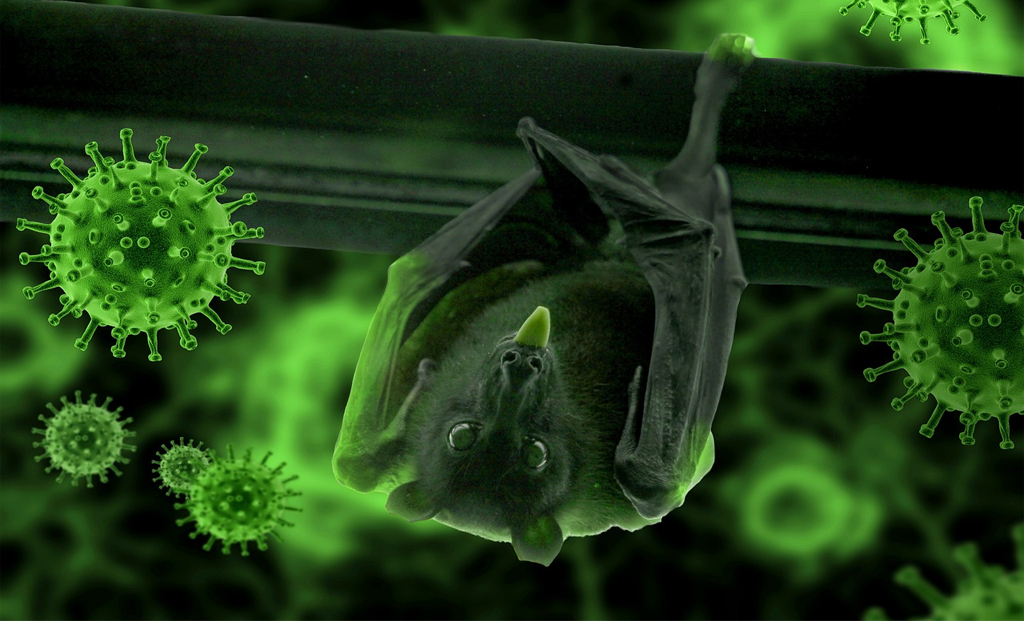Dr. Praveen Kumar Jha
Oslo, January 21-One evening I got an informal call from an engineer friend sitting probably in one of the cubicles of the silicon city of India- Bengaluru. He asked me if I can help him decode some thousands of X-Rays. I was appalled at the sheer mention of it. Of course, that’s my job to decode the medical images, but it is patient-oriented.
He told me about an image recognition software development, which may ‘ease’ the job of radiologists. It would sort out if images are normal or abnormal, and the healthcare workforce can just focus on abnormal ones. Computer will do the tedious ‘wheat from the chaff’ process for us. Isn’t that fantastic?
It had been more than a decade that ‘Computer Aided Detection’ (CAD) was utilised in mammography. Over the years, it had improved in accuracy such that computer can pick up cancer with an accuracy of 28,000 mammography images cross-examined by 101 radiologists. In countries of Europe and in USA, there is a batch screening of women of entire country for breast cancer.
Imagine if it is implemented in India, it would be millions of mammography waiting to be read by radiologists! And, most of them might be normal. The healthcare industry cannot afford presently to delegate such specialist workforce on reading normal images, when we have country flooding with serious illnesses. Wouldn’t it be great if the computer sorts it out, leaving a few thousand of abnormal cases to be cross-verified and treated?
But, the million dollar question is- Can we trust them enough? Would one patient be satisfied if a computer tells he or she doesn’t need to worry, just take a chill pill? What if the program has a bug? What if it fails? Well, the weary eyes of human can fail too. Yet, it is not about driver-less car going haywire, it is a human life.
Some scientists in Iowa experimented with some pigeons, who picked up cancer from mammography images with pretty good accuracy. They justify it over artificial intelligence that pigeons at least have a brain, though a minuscule one. But, where are we heading? A patient doesn’t visit a tarot card reader, that a pigeon or parrot would predict its future. One can’t walk into mammography and come out relaxed that Dr. Pigeon said I am cancer-free.
It is true that robotics have eased the job of laparoscopic and cancer surgeons with pin-point accuracy and excellent surgical skills of the robotic knives. Yet, we have long strategy sessions with all the patient’s images and surgeon’s team spending a great deal of time, planning the surgery. Robots may assist, but they would do what surgeons tell them to do. It would vary from one patient to another, one cancer to another, one prognosis to another.
I sit at my desk with hundreds of CT scan images of a patient who had blood in his cough-droplets. Computer sharply picks ten images, which look a bit different from normal. It asks me if it is a cancer? I look at it, and then say, “Hey Computer! What you are pointing at, is not a cancer. The man might have spent his most of the life in some asbestos factory!” I can tell it on the basis of my experience dealing with hundreds of asbestos-related lung disease patients. If it was left to computer, it would have scared hell off the patient; and he would have landed up in emergency, not for a lung cancer, but, for popping in overdose of sleeping pills.
Yet, we must thank this digital revolution, which had eased our task from long sessions of scrolling and eye-balling thousands of images, to just focusing a bit more on the tricky ones. Some universities are planning even to introduce computer programming languages in radiology teaching curriculum. It would be whole new era when we write up a code to generate a program, which will solve our diagnostic riddles.
Some decades back, we had only X-Rays to diagnose everything. Now, we have PET, MRI, PET-CT and a plenty of cutting edge technology. Gone are the days of Midas touch of village physicians, who would diagnose by just checking the pulse. Now, we are landing into the era of near 100 % diagnostic accuracy when patient is tunneled through the gigantic machines, camera-laden tubes, and sharp-shooting needles. As the futurist Yuval Noah Harari gives human an evolutionary title- Homo Deus, humans are indeed preparing for the path of outsmarting death-knells. Artificial intelligence would surely be a tool to cherish, but it is still unthinkable that it would outsmart its own creators.
(The writer is a radiologist, columnist, and author, presently settled in Norway.
His book coolie lines is one of bestseller of 2019)










